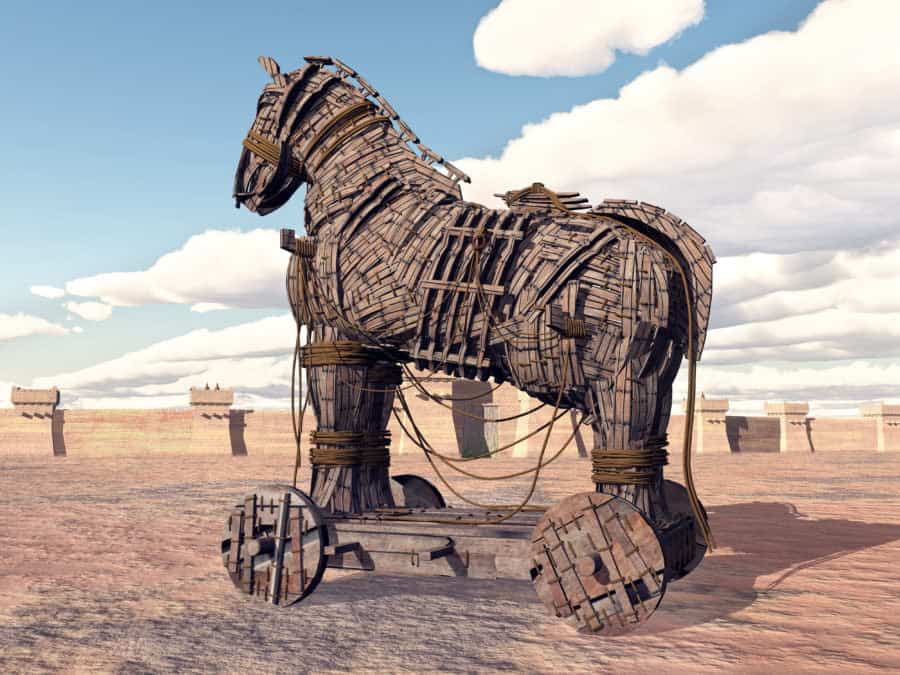
“This Obeya stuff doesn’t work for us, it’s taking a lot of time and I don’t see how it adds any value. We should just go back to how we used to do it!” If you’ve helped leadership teams with setting up an Obeya chances are you will have heard this comment.
If you’ve reached this point you might wonder – what is going wrong?? The answer is: nothing. Reaching this point is incredibly valuable in the process for a leadership team. It is the moment where they start to realise Obeya isn’t what they thought it was when they started their journey. How so?
Leadership teams are attracted to the concept of Obeya but – as I agreed with fellow coach Nienke last week in a discusion on the topic – more often than not for the wrong reasons. I haven’t met a single team not wanting to start with Obeya themselves after they’ve done a reference visit to a proper Obeya. But they might be embarking on a journey that will give them something else than they bargained for. Yes it’s a cool looking instrument, yes it does wonders if you apply it well, yes it can fundamentally change the way you lead your organisation, but not for the obvious reasons. There is a lot more to Obeya than what first meets the eye.
I’d like to reflect on real experiences which you might recognise if you’ve started working with Obeya.
Once upon a time in recent history there was a leadership team that got word of Obeya and decided to do a reference visit. The team went to a neighbouring department to visit the Obeya that was setup there. That Obeya had been carefully developed by another leadership team for over two years. Afterwards team that was visiting did an evaluation and decided to start with their own Obeya. After all, creating a visual structure and slapping a few reports on the wall isn’t all that difficult, now is it? If they can do it, then why can’t we!
And with high expectations the team go back to their own department, confident to build one themselves just like it.
However coming back to day-to-day reality, there were all sorts of ongoing topics, deadlines and sudden high priority top-management issues to attend to. So the team decides to assign someone to prepare an area in the building. They even got the consultancy firm that advised with their strategy to set up a PMO and arrange for them to create the metrics and reports. After all, it did seem like a lot of work maintaining all that information in the Obeya and sure enough everybody was too busy fighting fires to spend time on understanding the process and creating metrics and visuals.
Sure enough a month later the leadership team has blocked some time in their busy schedules for their first few Obeya session. Not too long into the meeting they start realising they have a lot of questions about the information on the wall. Some of the team don’t agree with how things are measured, the sources used, or the level of detail provided. Here and there the wrong process metrics are used and there is debate about assumptions being made and the conclusions drawn from what was displayed. After a few sessions they realise they’re spending more time figuring out the validity of the reports and information in the room than coming to any useful decisions. It doesn’t feel like they’re creating value at all!
After all, it did seem like a lot of work maintaining all that information in the Obeya and sure enough everybody was too busy fighting fires to spend time on understanding the process and creating metrics and visuals.
This is where the trojan horse is revealed. What seemed like a great looking visual management tool that will instantly add value for the team, the team is exposed with a problem in their first steps of setting up their Obeya. They’re finding out that, instead of being a magic pill, the visuals on the wall are in fact a reflection of the thoughts and capabilities of the leadership team. The visuals represent the team’s understanding of how the system they’re running is adding value to their strategy. And the team is realising in a rather uncomfortable way they might not be at the level of understanding and capability where they expected to be.
The truth is the visuals on the wall are not a one-off effort. They are not a magic pill that will automatically help us make great decisions and achieve brilliant insights. If we intend to use the same process of creating management information as we did before, we can expect the same outcomes. Only this time instead of reading a report, we stand in a room and look at the same poor visual abstraction of our leadership system on the walls.
This is what the team in the story is confronted with in their first few Obeya sessions – the limited understanding of the system they work in on a daily basis to execute their strategy. They were expecting to see an outcome in the form of a beautiful operational Obeya, but instead they’re looking at the start of what could be a very educational process, should they decide to persevere and not give up on the Obeya in the face of their problem.
Most leadership teams starting with Obeya will have a focus on objectives rather than inspecting and adapting the process. Hence setting up an Obeya is regarded as an objective that has a beginning and an end. And the end means there’s an expectation of a fully equipped room that the leadership can walk into to to get all the answers from the metrics that are on the walls. Many organisations I encounter also apply such objective-based thinking towards implementing an agile or lean ’transformation’: once the tools are in place, the transformation is considered ‘done’ and the benefits should magically appear. Right?
In the busy life of a traditional leader, metrics are their only one reason: to identify if we are reaching our objectives. And if we’re not, to fire countermeasures into the organization. Management by Objectives has long been argued to be ineffective (Deming, W. Edwards, 1994, Out of the Crisis). Focusing only on objectives and rewarding only the outcome will attract perverse behaviour to achieve those outcomes at sometimes tragic costs. The subprime mortgage crisis in the US in 2007 is in my view a good example of how focus only on sales and profit objectives lead to a system process in which the creation and sales of unhealthy mortgage products could thrive, to satisfy the objective. This kind of behaviour lead to a disastrous system and was driven by objective-driven metrics supported by bonus structures. Nobody cared what was happening deep within the system because on the outside many people were selling more (unhealthy) mortgages. On the outside, sales figures went up and more money was made. On the inside, the system was rotten. Once revealed, the problem of this system had an incredible impact on both national and international scale.
I believe the most important question to ask is this: if you were in a leadership position in 2006 before the mortgage crisis in the US, would you rather be looking at the (very green) mortgage sales metrics, or would you rather spend time trying to understand the deeper levels of the system that produces the results to discover the pending 2007 crisis early and respond to it? If you’ve seen ‘The big short’, the answer is obvious 🙂
Even then we are able to make the system visible through visuals and metrics in an Obeya, the complexity of that very system is often so huge that we are far from actually understanding it. Once we have some early metrics we hypothesise and test assumptions. We visualise work with the actual workfloor, trying to expose problems and take a step back to see if we can make sense of it all. And then we discover more things we didn’t know about. We need a deep understanding of the system that produces the results to truly gain insights how we can come to better results in a sustainable way. If we do that, we’re learning and if we put those learnings into practice we hope to see we’re improving our performance as well.
This is where the trojan horse is revealed – the visuals on the wall are in fact a reflection of the thoughts and capabilities of the leadership team itself.
Coming back to our leadership team that’s starting their Obeya, they find themselves in an uncomfortable position that the objective-based metrics they had created for themselves won’t help them understand the system. They look more like what is referred to in the Lean Start-up vanity metrics. As a result they find they cannot come to meaningful discussions, learnings or decisions. And, with the mind of a true objective based manager, they conclude: the Obeya is not helping us with our objective. It is not helping the team increasing their ability to lead the organisation more effectively. Here, team is right about the outcome, but they’re not reflecting on the system and process that got them to that outcome. Lean and Agile propose inspect & adapt and using an empirical data-driven approach to solve problems. In this case however, traditional behaviour sollicits a decision to ‘change’ or ‘stop’ with Obeya, rather than reflecting to inspect and adapt the system for the purpose of learning and improving.
This is a traditional management-mindset paradox of cause and effect which must be broken if the team wants to improve their way of leading their organisation. And the great thing about the Obeya is there is now a momentum to put this topic on the table. A coach can play a very important role here, helping the team investigate their room for improvement and visualising the results of that improvement on the wall. This can only be achieved if the team is willing and able to reflect on their process.
So the trojan horse effect is actually an opportunity for the team! For a coach to help the team go through this process and capitalise on the momentum of moving from an objective-oriented to process / learning-oriented approach, here are a few recommendations (and please comment below if you see more):
- Agree with the team that they must be personally responsible and involved creating and improving the visuals & metrics in the Obeya (with their team members of course), as it is part of the learning process
- Create awareness that the first few sessions in the Obeya will be full of learning opportunities, but the team will need to look deeper than they are used to to spot those opportunities. A coach will of course help with this process.
- Ask the team to trust the tool throughout the ‘shu’ phase, and to accept that they will feel uncomfortable and perhaps unsatisfied with the first results.
- Ask the team to commit to a period of several months before , rather than one or two session. Learning is a long process, it takes time.


